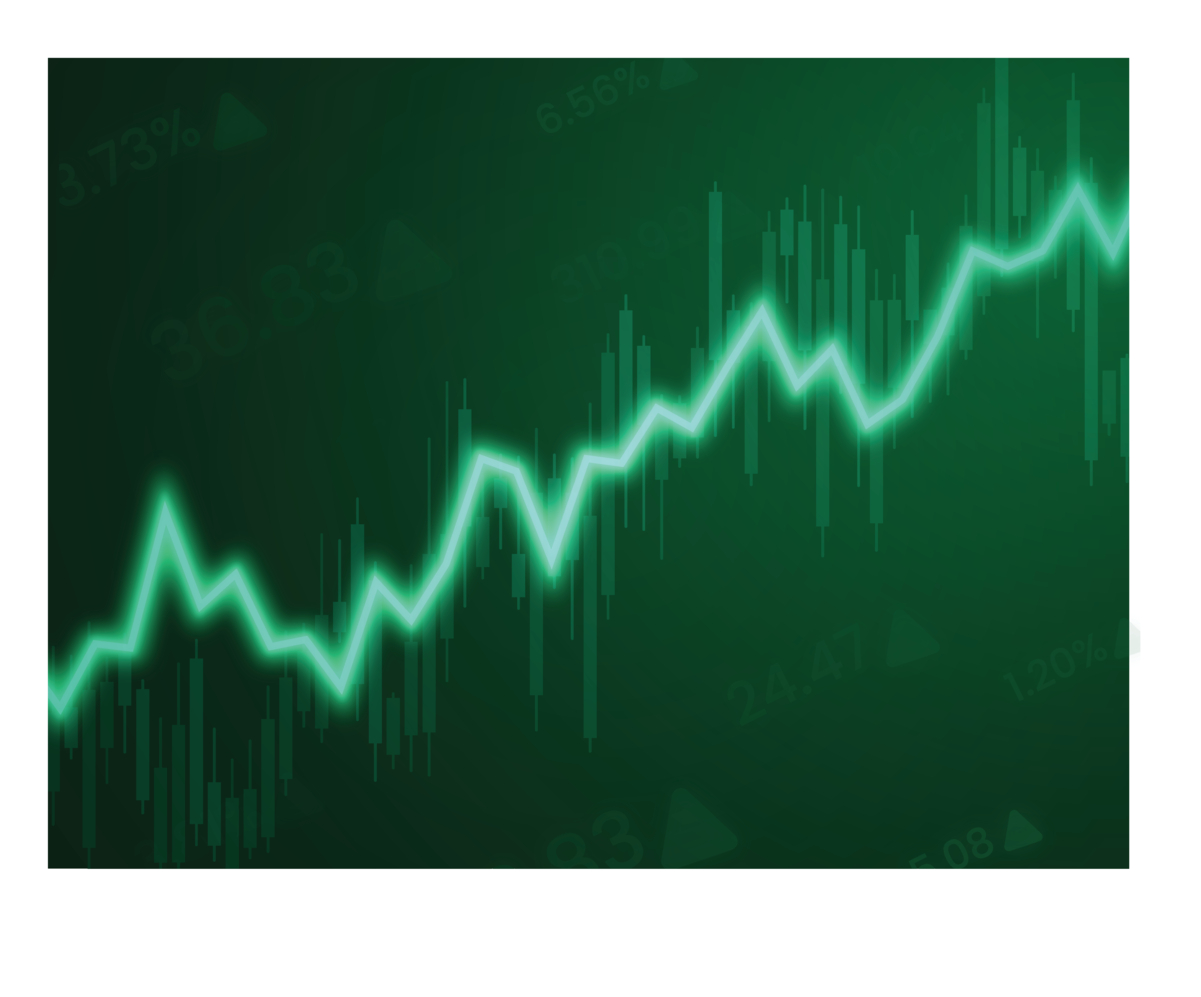Shares of memory chip manufacturer Micron Technology (MU 1.00%) have surged in recent months, up about 30% since bottoming out in late June. A spike in spot prices for dynamic random-access memory (DRAM) has sparked hopes that the downturn in the memory chip market is nearing its end.
But the light at the end of the tunnel may be further away than it appears. Inventory levels at memory chip producers are still high, and contract prices for DRAM chips remain in a downtrend in the third quarter, according to DRAMeXchange. The bottom for Micron may still be multiple quarters away.

Image source: Micron.
Spot market surge not enough
The U.S.-China trade war isn't the only trade war rattling the global economy. In July, Japan announced it would tighten control over a few chemicals that are critical for semiconductor production. Under the new rules, Japanese companies need a license for each chemical to export them to South Korea. Getting these licenses can take up to 90 days. Both Samsung and SK Hynix, two major producers of memory chips, are based in South Korea.
This development, which could potentially disrupt the supply of memory chips, led to an abrupt increase in DRAM prices in the spot market. Between July 9 and July 16, DRAM spot prices jumped by nearly 12%, according to data from Bernstein cited by Financial Times.
This price increase and fears of a supply crunch have been the driving forces behind Micron's rally. But the spot market isn't all that big. Spot markets account for around 10% of the total DRAM market, with contract markets making up the rest. Most of the volume comes from producers like Micron signing contracts with customers.
Prices in the contract market for DRAM chips have been moving in the opposite direction. Contract prices plunged 10% in July from June, according to data from DRAMeXchange, and they continued to trend downward in the third quarter for the 70% of the market made up of mobile and server chips.
While bit demand may be starting to recover in certain areas of the DRAM market, excess inventory continues to push down prices. Micron ended its fiscal third quarter with $4.9 billion of inventory, up 36% year over year. Meanwhile, revenue plummeted 39% from the prior-year period.
DRAMeXchange doesn't see the Japan-South Korea conflict affecting contract prices: "[C]ontract prices mainly depend on the basic supply-demand dynamics, and since production capacity were not affected substantially, we don't see a significant force keeping prices up."
Plenty of uncertainty
Micron won't be reporting its fiscal fourth-quarter results until sometime in late September, so investors won't get a full update on its performance until then. Analysts are mixed on the company, which isn't surprising given the level of uncertainty.
Analysts at Deutsche Bank boosted their price target on Micron to $55 back in July, citing recent developments and predicting that the fiscal fourth quarter would mark the bottom of the cycle. Citi analyst Christopher Danely sees things differently, reiterating a sell rating earlier this week and setting a price target of just $30. Danely doesn't expect an end to the DRAM downturn until the first half of 2020, although he's more positive on the stock in the long term.
If Micron's next quarterly report doesn't provide evidence that the worst is almost over, the stock's recent rally could go up in smoke.




